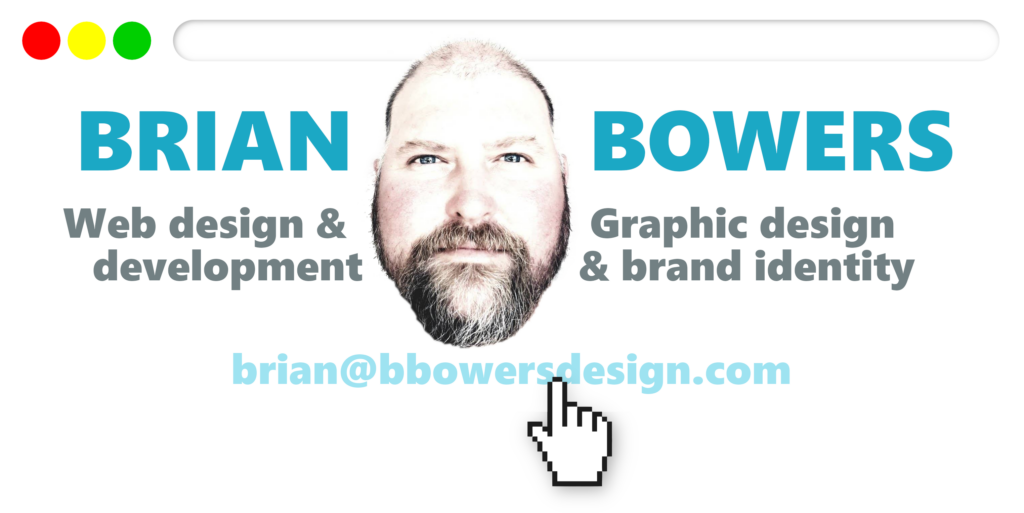Category: Services
-
Choosing a Strategic Domain Name: Make It Count
READ MORE…: Choosing a Strategic Domain Name: Make It CountChoosing the right domain name can make or break your brand’s online identity. It’s not just a web address — it’s the first impression people get about you, your business, and your mission. So how do you pick a domain that’s both short and descriptive, memorable yet powerful? First, keep it short. A domain that’s…
-
From Template to Transformation: Building MicheleJoyceLifeCoach.com
READ MORE…: From Template to Transformation: Building MicheleJoyceLifeCoach.comCreating MicheleJoyceLifeCoach.com started with the clean simplicity of WordPress’s default Twenty Twenty-Five template. But what began as a minimal starting point quickly became a custom-built, fully responsive, and personality-rich website that truly represents the vision and voice of Michele Joyce. A Modern Foundation The Twenty Twenty-Five theme provided a rock-solid foundation: responsive design, semantic HTML,…
-
Solving Problems with Creativity and Code
READ MORE…: Solving Problems with Creativity and CodeBrian Bowers, a seasoned web technologist and graphic design expert with over 25 years of professional web experience. His work exists at the sweet spot of visual storytelling and hands-on code craftsmanship.
-
The Power of Creative Problem Solving in Web Development
READ MORE…: The Power of Creative Problem Solving in Web DevelopmentIn UX design, clarity, creativity, and strategy are essential parts of creative problem solving. It’s not just about writing code or content — it’s about crafting experiences that work beautifully, communicate effectively, and solve real user needs.
-
Why Experience Matters in Web Design and Development
READ MORE…: Why Experience Matters in Web Design and DevelopmentLearn about Brian Bowers, a seasoned web technologist and graphic designer with over 25 years of professional experience in both web development and design.
